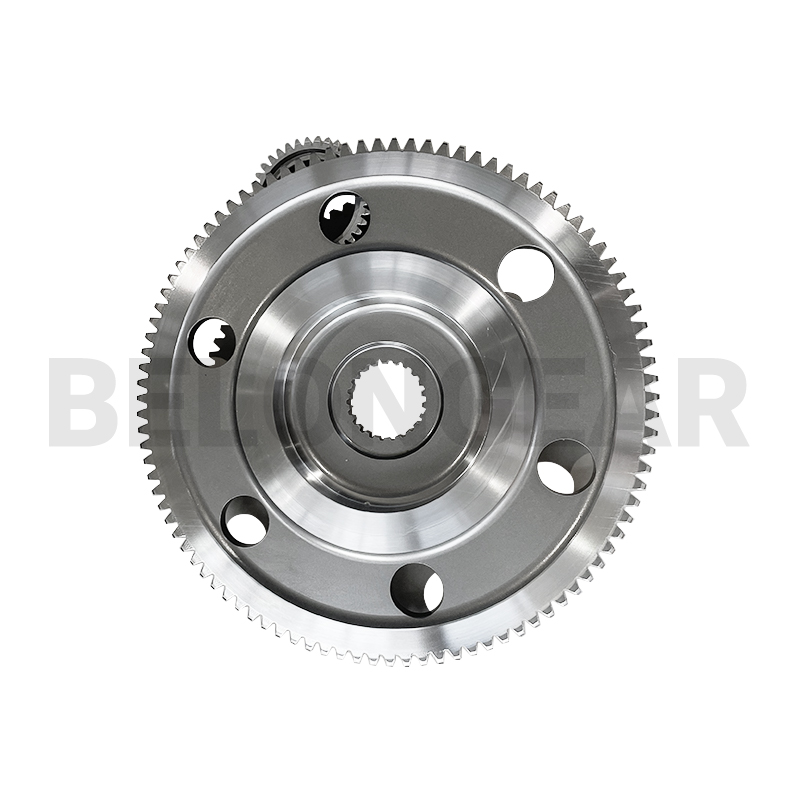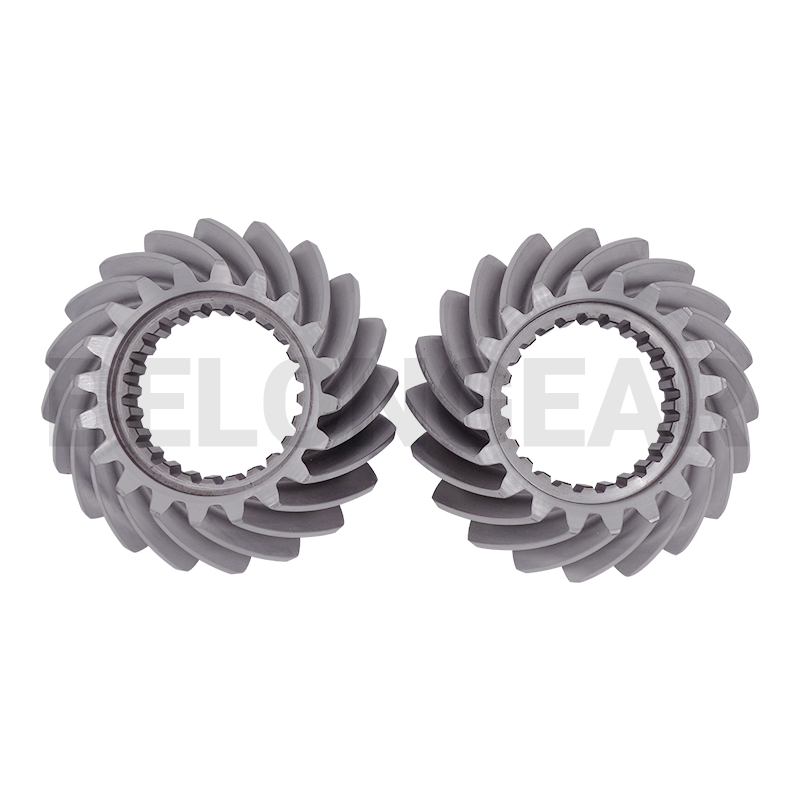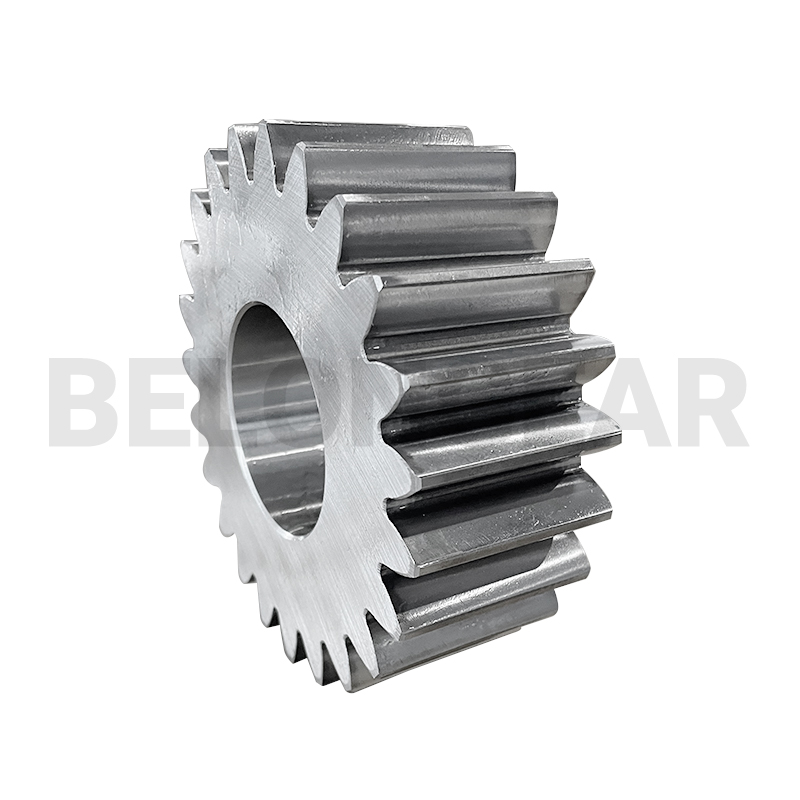The Primary Advantages of Using Spur Gears in Industrial Applications
Spur gears are one of the most commonly used gear types in industrial applications due to their simple design, efficiency, and reliability. With straight teeth parallel to the gear’s axis, spur gears offer distinct benefits that make them ideal for many types of machinery and equipment.
1. High Efficiency in Power Transmission
One of the major advantages of spur gears is their high efficiency in power transmission. Because the teeth are designed to mesh directly, there is minimal sliding contact, which reduces friction and heat generation. This direct contact allows spur gears to transmit power with efficiency ratings of 95% or higher, making them ideal for applications where energy conservation and cost efficiency are priorities. This high efficiency makes spur gears well-suited for use in applications such as conveyor belts, lifting mechanisms, and other systems where reliable power transmission is essential.
2. Ease of Design and Manufacturing
Spur gears are relatively simple to design and manufacture compared to other types of gears, such as helical or bevel gears. The straightforward nature of spur gears – with parallel, straight teeth – simplifies the manufacturing process, allowing for cost-effective production. This ease of manufacturing also means that spur gears can be quickly adapted to different sizes and specifications, making them versatile and readily available for a wide range of applications. Additionally, their simple design translates to easier maintenance, as they are less prone to complex wear patterns, making repairs and replacements more manageable.
3. Versatility Across Applications
Spur gears are highly adaptable, which makes them suitable for various industries and applications. In industrial machinery, they are commonly used in gearboxes, where they transfer power between components. They are also found in automotive systems, conveyor systems, and more. Spur gears are particularly effective in applications where moderate speeds and loads are required, as they handle these conditions with minimal noise and vibration compared to gears designed for high-speed applications.
4. Durability and Load Capacity
Despite their simplicity, spur gears are designed to handle significant loads, especially when made from high-strength materials like hardened steel. Their teeth can be customized for different load-bearing capacities, making them suitable for heavy-duty applications where durability is key. Additionally, spur gears have low tolerance for axial loads, meaning they are excellent for applications where torque is applied along the gear’s axis. This durability is essential in heavy-duty equipment that requires long-lasting, reliable gear systems.
5. Cost-Effectiveness
The simpler design of spur gears also contributes to their cost-effectiveness. Compared to more complex gear types, spur gears require fewer machining operations and can often be manufactured at a lower cost. The lower production and maintenance costs make spur gears an economical choice for both manufacturers and end-users. This affordability, combined with their effectiveness and reliability, makes spur gears a top choice in cost sensitive industries.
Post time: Nov-07-2024







